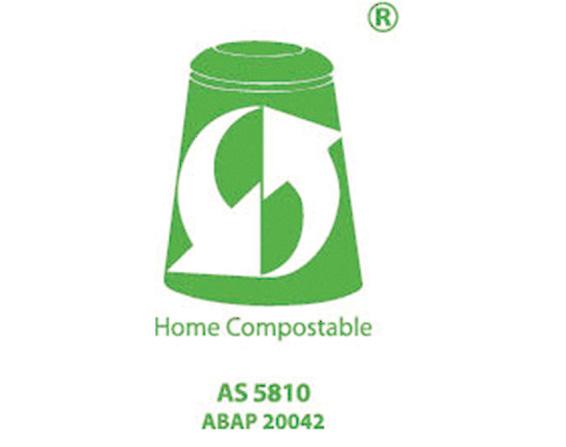
2 minute read
Biodegradable – the terminology n ightmare
By the Biotuff Team.
The term biodegradable is quickly becoming tarnished within the ecofriendly field. With so much confusion, many shoppers are left worrying if their choice of products is less environmentally friendly than they first thought.
Advertisement
‘Not all biodegradable products are created equally; unfortunately some contain additives toxic to our environment,’ Nadia Crighton from Biotuff said. ‘This is completely counterproductive to the ecofriendly population, leaving consumers confused.’
People are advised to read the fine print and research their chosen brands. ‘Many consumers purchasing biodegradable products assume they are 100% safe for our environment – and rightly so,’ Nadia said. ‘However, this is simply not the case. Consumers must educate themselves on the additional additives that are also bad for our environment.’
nationa L s L ow down
Last year, the National Plastics Plan moved quickly to phase out plastic packing products with additive fragmentable technology that does not meet relevant compostable standards (AS4736-2006 and AS5810-2010). By 2025 it aims to ensure 100% of all packaging is reusable, recyclable or compostable, with 70% of all plastic packaging set to be recycled or composted.
‘Unfortunately, with the council kerbside collection of Food Organics Garden Organics (FOGO) deadline now being pushed back for all Australian businesses and homes from 2023 to 2030, this goal could be seriously stalled,’ Nadia said. ‘Communities need to push their local council and become advocates for compostable kerbside collections in their local areas.’
e ducation vita L
Education around biodegradable terminology is vital as marketing can sow confusion. Some ‘biodegradable’ products are not made from renewable resources and are in fact traditional plastic. Yes, they break down into smaller pieces, but these do not completely decompose. Such biodegradable plastics are often labelled inaccurately when they are made from fossil fuels and create microplastics. They can also readily contaminate other plastic recycling systems. These plastics are known as oxo-degradable plastic.
Even though the Australian Government is phasing them out, consumers should be aware of the dangers of misleading information on packaging.
‘Many countries are now in a rush to ban these products as they are very misleading to consumers. However, it is recommended people become savvy about this type of marketing so they can make the right choice of ecofriendly products until the bans take effect.’
With plastic a multi-billion dollar industry, marketing trickery is expected to continue. The key is to support businesses that only make biodegradable products from plant-based materials. In addition, consumers need to look for products containing biodegradable/compostable polymers with no additives. This is the key to ensuring biodegradable/compostable plastics are environmentally safe.
‘Confirming that the product is compostable is a good way to ensure it contains no nasty additions and is biodegradable,’ Nadia said.
Check if the product has compostable proprietary resins, compostable raw materials, or compostable polymers. This can be as easy as hopping onto the business’s website and ensuring that the product is 100% biodegradable and only contains plant-based materials that can be easily broken down. When a product is compostable, you can be assured it is 100% biodegradable as well.

‘Biodegradable plastics do not have the certifications and standards that compostable products require.
‘Always check for the certification standards on your biodegradable/compostable products. This is a great way to ensure the ecofriendly products you invest in stack up to your standards.’
Biotuff also recommends always keeping a close eye out for the two certification logos pictured.
Biotuff website: biotuff.com.au. T










